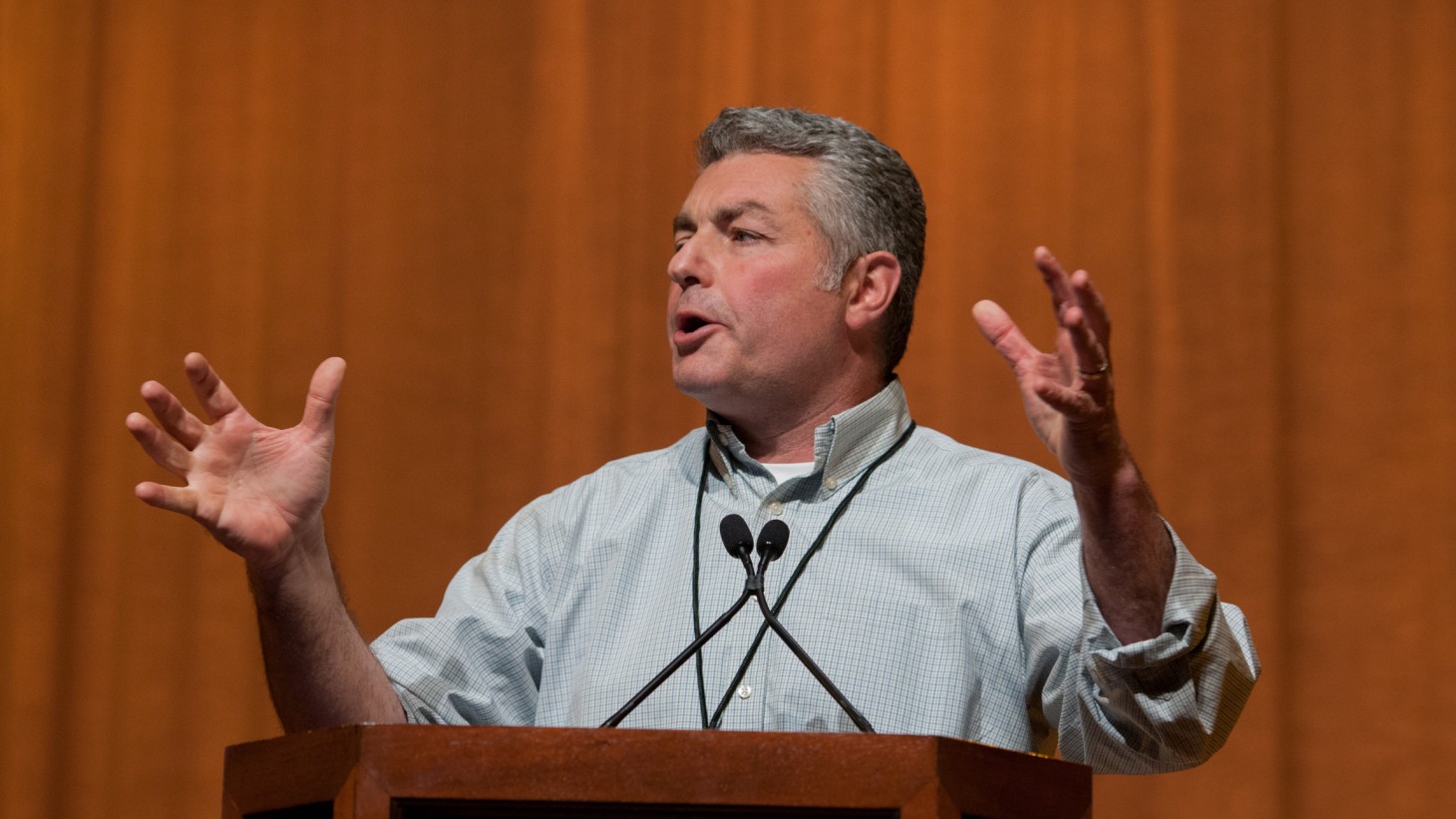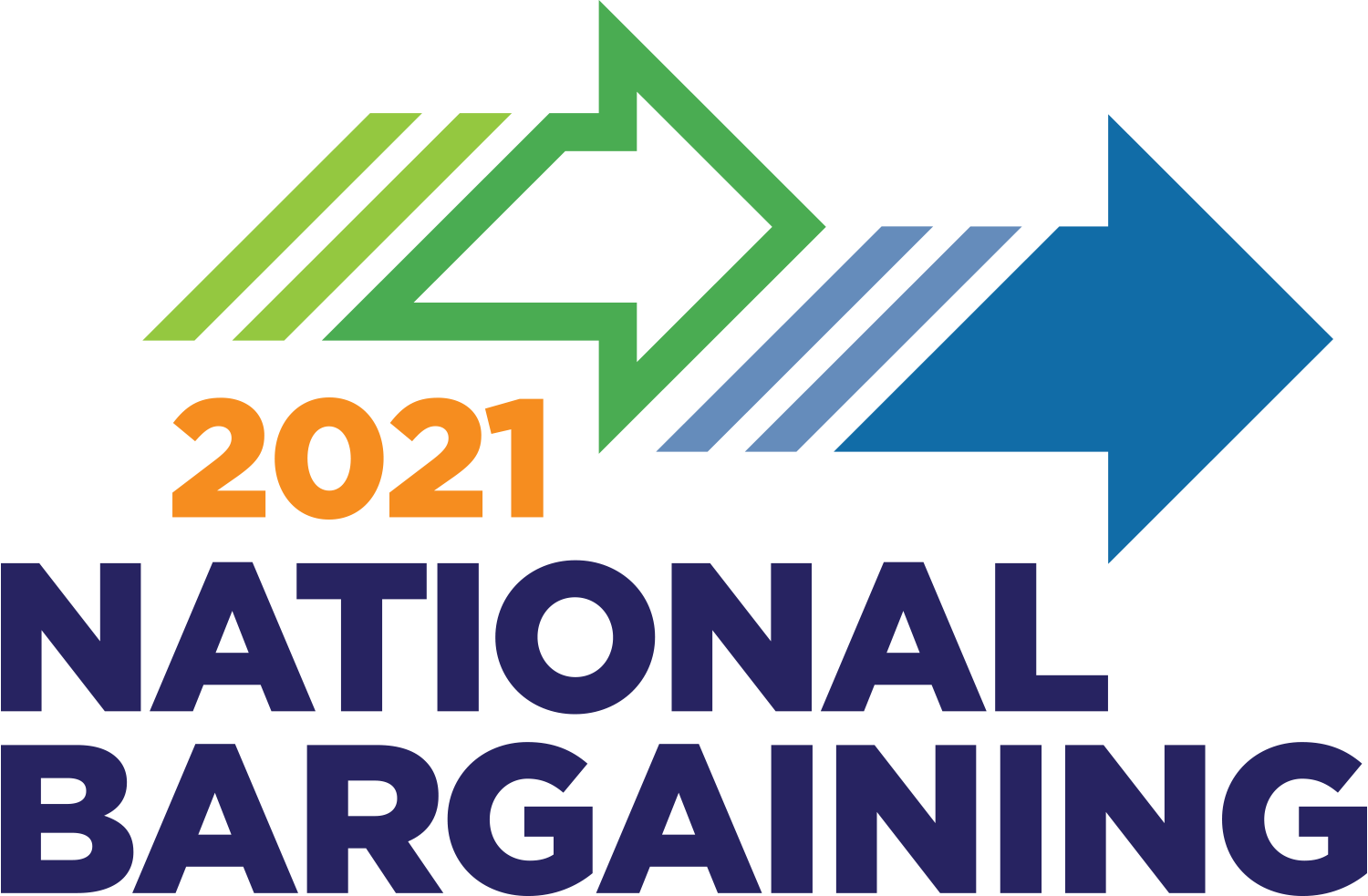Hank Summer 2014
See the whole issueQ&A: Dave Regan on Why Growth Is a Union Issue

Dave Regan, president of SEIU-UHW
Dave Regan, president of SEIU-UHW, represents more than 150,000 health care workers in California, including more than 45,000 Kaiser Permanente employees. Here he shares some thoughts on the National Agreement’s unique call for unions and Kaiser Permanente to work together for mutual growth and on the progress of that work.
Q. Why is the joint growth effort so important?
A. If Kaiser Permanente provides the best clinical care, with the healthiest workforce, demonstrating that it is a model for the industry, then it is far more likely that Kaiser will be the provider of choice for people looking for health care….It’s about bringing the best model of health care to as many people as possible. Frankly, we have to be more creative going forward, and more intentional about looking for opportunities to expand Kaiser coverage.
Q. Why should union leaders or stewards—who traditionally focused on representing their members—care about growth?
A. I often get told, “I don’t want to hear about growth,” or, “Unions should be about representing our members.” The simple truth is, I worry about how to get a 30-year-old to age 65 with everything they should have to look forward to intact. The best representation we can do is to get people to retirement age with their benefits.
Our members tend to be very cognizant that we have these incredibly good benefits that are increasingly rare…and they know the only way they are going to keep them is if Kaiser Permanente is a growing organization rather than a stagnant or shrinking organization.
Q. It’s a bold strategy. But what difference can a single frontline worker possibly make?
A. More than 11,000 people in the community signed up for health care coverage at enrollment events sponsored by SEIU-UHW. We had more than 1,000 UHW members who volunteered to make that happen. They did 175 events from December through the end of March. When you give union members the opportunity to talk about who they are as caregivers and engage the public, they find it incredibly energizing. They love doing it.
And we had all of these folks without coverage (who were) introduced to the health care system by Kaiser employees showing them how to make health care more accessible. That sticks with people in a huge way.
Q. What role has the union coalition played in seeking out new growth opportunities for KP?
A. We have a regular forum with Kaiser leadership looking at all the accounts we have and looking for opportunities to expand coverage, especially in unionized settings. The coalition always has an eye out for places that could use Kaiser Permanente. The Senior Work Group on Growth is also a place where we talk about how we can present the Kaiser ideal to the larger world.
People know that the benefits we have are disappearing across America. We either take the high road of an innovative partnership, or we are headed toward a showdown, like in the auto industry or at Boeing, where the unions ended up facing ugly choices and the bottom fell out on wages and benefits.
Beyond that, we have the opportunity to work with Kaiser leadership to show the contribution we make as a coalition of unions to making this health care system better.
Q. The National Agreement also calls for Kaiser Permanente to support the growth of unions. How is that going?
A. Kaiser Permanente has been a voice on the side of the employer community for having a high-road strategy. Kaiser has said we do not oppose the growth of unions, and it is in the unique position of being able to lead other hospitals and health systems. It can show that it’s not just the right thing to do; it’s the smart thing to do in a rapidly changing health care world.
What we are creating is exciting; what we (have) achieved is innovative and unprecedented, but it’s also portable.
